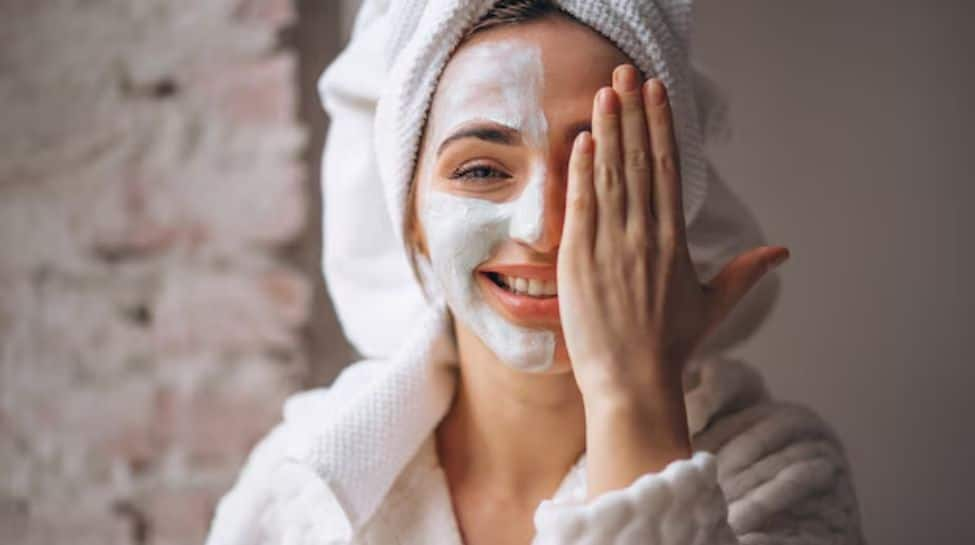
In the pursuit of beauty, many people resort to DIY beauty hacks. While these can be cost-effective and fun, it is important to ensure that they are safe and effective.
Here are five popular DIY beauty hacks shared by Rashmi Chopra, Founder and CEO of eCloset Beauty Essentials, along with tips for safe practices and common mistakes to avoid.
Homemade face masks
Safe Practices:
● Use fresh ingredients: Always use fresh ingredients to avoid any skin reactions.
● Patch Test: Test the mask on a small area of your skin before applying it to your face to ensure you don’t have any allergic reaction.
● Follow recipes: Use tried and tested recipes to avoid adding irritating ingredients.
common mistakes:
● Using irritating ingredients: Avoid using ingredients like lemon juice, which can be very acidic and cause irritation or even burning.
● Leave it on too long: Don’t leave the mask on for too long, as this can dry out your skin and cause irritation.
● Not applying moisturizer: After washing off the mask, always apply a moisturizer to keep your skin hydrated.
DIY Hair Treatments
Safe Practices:
● Use natural oils: Choose natural oils like coconut, argan or olive oil, which provide nourishment to the hair.
● Heat gently: If you’re using a hot oil treatment, make sure the oil is lukewarm, not too hot, to avoid burning your scalp.
● Rinse thoroughly: Make sure you rinse all treatments thoroughly to prevent residue build-up.
common mistakes:
● Overuse: Using treatments too frequently can cause oily hair and scalp.
● Improper mixing: Mixing ingredients that don’t work well together can damage hair.
● Not considering hair type: Choose the treatment that suits your hair type to avoid adverse effects.
Sugar Scrub
Safe Practices:
● Use fine sugar: Fine sugar is less abrasive and gentle on the skin.
● Apply moisturizer afterward: Always apply a moisturizer to keep your skin soft and hydrated.
● Limit frequency: Do not use scrubs more than twice a week to avoid excessive exfoliation.
common mistakes:
● Using too much pressure: Scrubbing too hard can damage your skin and cause irritation.
● Wrong proportion: Ensure the right balance of sugar and oil to prevent the scrub from being too harsh.
● Ignoring sensitive areas: Avoid using sugar scrubs on sensitive areas like your face, unless it is specifically formulated for use on the face.
Baking soda for teeth whitening
Safe Practices:
● Use sparingly: Use up to once a week to prevent enamel erosion.
● Mix with water: Always dilute baking soda with water to reduce its harshness.
● Brush gently: Use a soft toothbrush and gentle movements.
common mistakes:
● Excessive use: Frequent use can wear down tooth enamel, leading to sensitivity and cavities.
● Too much baking soda: Using too much can increase abrasion and damage your teeth.
● Not getting regular dental care: Don’t rely on baking soda alone; keep up with regular brushing and dental checkups.
Coconut Oil as a Moisturizer
Safe Practices:
● Use virgin coconut oil: Choose high-quality virgin coconut oil to ensure purity.
● Apply on damp skin: Apply coconut oil on slightly damp skin to lock in moisture.
● Use sparingly: A little goes a long way; use just enough to lightly cover your skin.
common mistakes:
● Excessive use: Excessive use can clog pores and cause acne, especially for those with oily skin.
● For facial application: Coconut oil may be comedogenic (pore-clogging) for some people, so test it on a small area of the face first.
● Ignoring skin type: Consider your skin type and adjust usage accordingly; it may not be suitable for everyone.
DIY beauty hacks can be a great way to pamper yourself at home, but it’s important to use them with caution. By following safe methods and avoiding common mistakes, you can enjoy the benefits of these beauty treatments without risking the health of your skin or hair. Always remember to patch-test new treatments and consult a dermatologist if you have any concerns.







